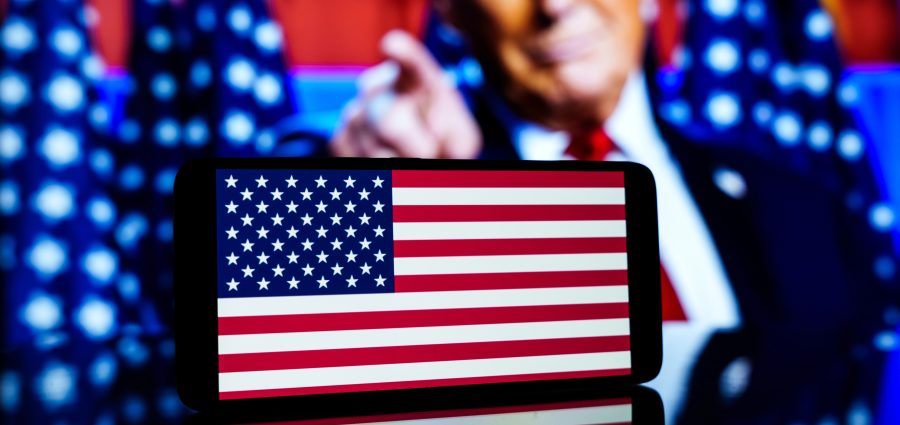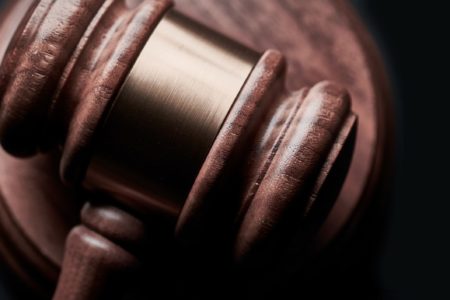A Patriotic Declaration, Not a Power Grab
On August 26, 2025, behind the Resolute Desk with the American flag unfurled behind him, President Trump signed an executive order that immediately captured headlines and stirred national debate. Rather than targeting flag burning directly—something only Congress could do—the order directs Attorney General Pam Bondi to prosecute instances where flag desecration occurs alongside violence, hate crimes, or environmental threats. Trump’s sharp declaration, “You burn a flag, you get one year in jail,” echoed through social media and cable news. Yet, as community notes on platforms like X quickly pointed out, the order itself doesn’t specify a sentence.
At a time when symbols feel under siege and silence is interpreted as weakness, this was a straightforward declaration: disrespecting the flag should have consequences.
Setting Up a Supreme Court Retest
Trump’s move is cleverly positioned—not to overturn Texas v. Johnson (1989) or U.S. v. Eichman (1990) outright, but to nudge the issue back to the courtroom. In those cases, the Supreme Court ruled 5–4 that flag burning is protected political expression. Even conservative icons like Justice Scalia joined that majority, emphasizing principle over personal preference.
This order forces the question back onto the legal docket: can the context of protest—when it borders on criminal acts—allow for prosecution without defying precedent? And with a 6–3 conservative majority on the court, the possibility of revisiting the rulings looms large.
Legal History at Center Stage
Texas v. Johnson (1989)
Gregory Johnson burned a flag at the Republican National Convention protest. The Court held that flag burning is expressive conduct protected under the First Amendment, despite its offensiveness. Justice Brennan wrote: “We do not consecrate the flag by punishing its desecration… our toleration of criticism is a sign and source of our strength.”
U.S. v. Eichman (1990)
Following Johnson, Congress passed the Flag Protection Act of 1989. The Court struck it down, reaffirming that government cannot criminalize the burning of the American flag, even when intended as protest.
Attempts at Amendment
Since then, several flag desecration amendments have passed the House, but all have failed in the Senate—often by just one vote, as in 2006.
Conservative Outcry and Constitutional Concerns
To many conservatives, this order was a red flag. Erick Erickson labeled it “garbage,” and Dana Loesch called it authoritarian. The backlash, even from Trump allies, was swift and loud. Community notes again reminded readers that the order offers no specified jail term, countering the president’s dramatic rhetoric.
But Vice President J.D. Vance took a different angle—while acknowledging the Supreme Court rulings, he sided with Chief Justice Rehnquist’s dissent, who warned that emotional symbolism should never override constitutional law.
(New York Post)
The Viral Protest: A Veteran’s Stand
Within hours, a video went viral: a decorated veteran walking to Lafayette Square, kneeling, and burning a flag in protest. He was arrested—not under this executive order, but under fire-related federal statutes. The image quickly became viral, a stark, powerful counter-message: the First Amendment—and the people—are watching.
Americans instinctively feel that the flag is more than cloth—it is a symbol of sacrifice and unity. Seeing it desecrated hurts, especially for service members, their families, and everyday patriots. This order reignited emotional stakes:
Why This Is Resonating with Americans
- Even if constitutionally protected, flag burning feels deeply disrespectful.
- The timing adds fuel: in a nation divided, fighting for national respect is a rallying point.
- Patriotism is not partisan. Whether you voted red or blue, offenses to the flag strike different chords.
What This Means for the Conservative Movement
Protecting the flag—and protecting free speech—are not mutually exclusive. Conservatives see this order as a pivotal moment:
- It demands accountability without dismantling the 1A.
- Sparks discussion about the difference between protest and provocation.
- It tests whether the Supreme Court will consider context—if flag burning coincides with real harm, can it remain untouchable?
If Trump’s strategic push succeeds, this may reshape how symbolic protests intersect with criminal conduct.
Featured image credit: DepositPhotos.com








